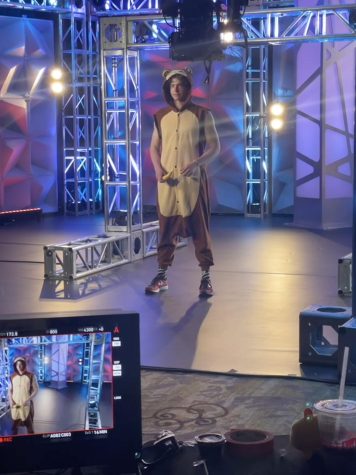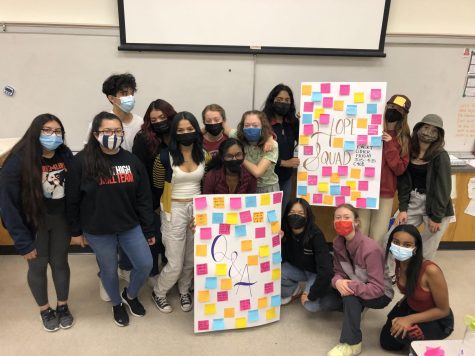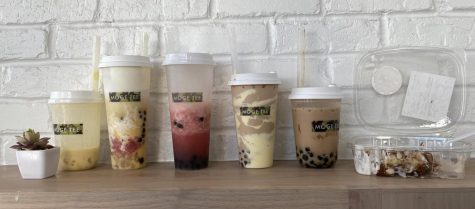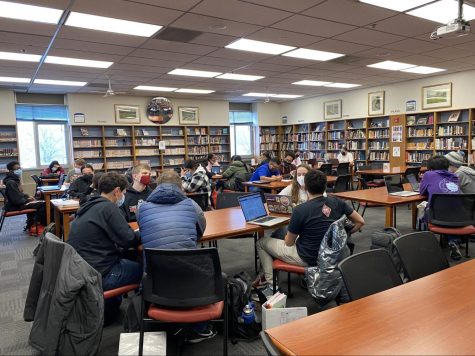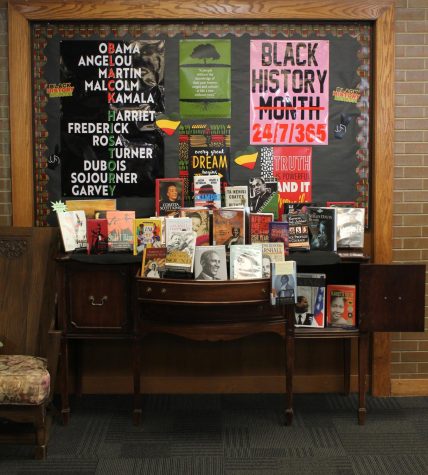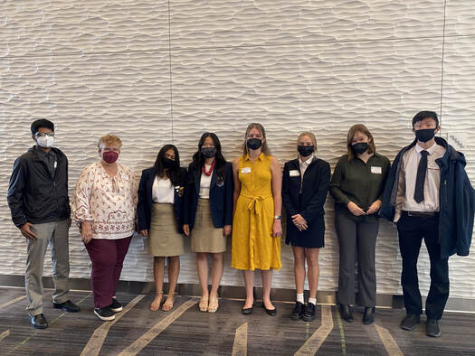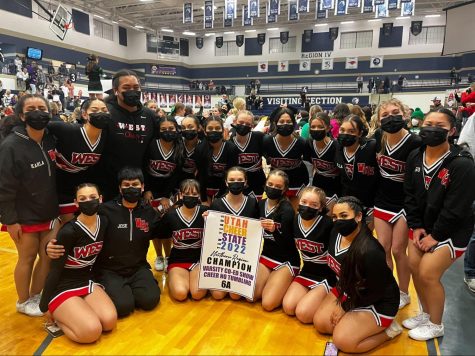Feeding the School’s Community: An Interview With SLCSD Director of Support Services Kelly Orton
March 24, 2021
Have you ever wondered where the food you’re eating at school is coming from, who chooses what you’re eating, and how it gets to you in the first place? This week, I interviewed Kelly Orton, the director of Support Services at the Salt Lake City School District, and he provided some insight as to what exactly we are eating in the school cafeteria, as well as how the whole system is managed.
When choosing what food will be served, there are “certain rules and laws we have to follow,” says Mr. Orton. One of these is a specific buying process. A bidding takes place between companies, and the lowest bidder gets the job. SYSCO is the main sourcer and distributor for the school lunch.
While some of the food SYSCO buys comes from all around the country, a large part of it is locally sourced.
Mr. Orton said the students’ favorites are “pizza and chicken, every year.” He also said that in the 90s, schools used to serve peanut butter squares, a favorite of many, but with regulatory changes due to allergens, they were removed from the menu.
The guidelines that the District has to follow when creating the menu are set by the federal government, while the USDA monitors the food served to make sure these guidelines are followed. “There is some wiggle that we have,” says Mr. Orton, “but not a lot.”
A big change in this system took place about a decade ago. Led by the former First Lady, Michelle Obama, the Obama administration altered the quality and quantity of food. Mr. Orton says that it was during this time that soda machines were removed from public schools, as well as many other unhealthy foods.
Brianna Hardisty, the district’s dietician, is the person in charge of creating the menus and making sure they are healthy and nutritious.
The district this year has calculated that a lunch for one student costs $4.05. This year is different though, because students paid part of the cost last year. The federal government subsidized the remaining $1.50. Now, the federal government has come in and is covering for the students, so all students eat free. “Free meals will continue until at least the end of summer,” assured Mr. Orton.
“I’ve always wanted a career where I can make a difference,” says Mr. Orton, “for example, through this COVID epidemic, we put together a program where we could continue feeding families, since day one.” This is what he enjoys most about his job.
One of the hardest parts of his job, he says, is figuring out what people will eat that is healthy.“In the U.S. we allow choice and selection, more than in any other place” says Mr. Orton. This helps develop a sense of responsibility in students. Being responsible for picking your own healthy meals and choosing to not throw away the food teaches students to make good decisions. “And that’s what education is about, it’s not to do things not because somebody is making you do it but to do things because it is better, and you want to do it.”
When asked if he wanted to send any message to the West High community, Mr. Orton said this:
“Please understand that when COVID happened we didn’t know what to think, how deadly it was, or anything else. They [cafeteria workers] committed and continued to work to serve the public. They have not stopped.”
“Spring break, when you’re out. They were working last year; they’ll be working this year. They’re committed to you as the students. They’re heroes. They’ve gone above and beyond, and put their lives at risk, because at first, we didn’t know. Make sure to thank somebody from the kitchen.”
Next time you eat lunch at school, consider the process and all the work that goes behind it, because the occasional treat, the one that makes you smile, is coming from someone who thought about you. After all, it is the little things that count.
